Major General Joseph J. Reynolds And His Division At Chickamauga: A Historical Analysis
Nonfiction, History, Modern, 19th Century, Americas, United States, Civil War Period (1850-1877), Military| Author: | Cdr David M. Kapaun Jr. USN | ISBN: | 9781786253781 |
| Publisher: | Golden Springs Publishing | Publication: | November 6, 2015 |
| Imprint: | Golden Springs Publishing | Language: | English |
| Author: | Cdr David M. Kapaun Jr. USN |
| ISBN: | 9781786253781 |
| Publisher: | Golden Springs Publishing |
| Publication: | November 6, 2015 |
| Imprint: | Golden Springs Publishing |
| Language: | English |
This thesis is a historical analysis of Major General Joseph J. Reynolds and his division during the Battle of Chickamauga. Chickamauga was the division’s first major engagement. Arriving on the battlefield the first day, amidst a fierce Confederate offensive, the division was separated into brigades and regiments. The various units were piecemealed into battle, operating independently of their division commander’s control. Division experiences included a desperate charge and the crushing route of an entire brigade. On the second day, the division withstood an initial Confederate onslaught in which the Union line was cut in half. After an attack south of the division position, the division was forced back, and eventually withdrew. The day ended with another charge, attacking a threat to the retreating Union army.
The division’s performance varied during the two-day battle, its reputation neither enhanced or scorned. General Reynolds did not distinguish himself at Chickamauga. Although not a subject of official inquiry, he was never again to command troops in the field during the Civil War. This study analyzes Reynolds and his division at the Battle of Chickamauga and draws conclusions as to the proximate causes of the performance. These causes include division disposition, division control, and a focus on Reynolds’ leadership and decisions.
This thesis is a historical analysis of Major General Joseph J. Reynolds and his division during the Battle of Chickamauga. Chickamauga was the division’s first major engagement. Arriving on the battlefield the first day, amidst a fierce Confederate offensive, the division was separated into brigades and regiments. The various units were piecemealed into battle, operating independently of their division commander’s control. Division experiences included a desperate charge and the crushing route of an entire brigade. On the second day, the division withstood an initial Confederate onslaught in which the Union line was cut in half. After an attack south of the division position, the division was forced back, and eventually withdrew. The day ended with another charge, attacking a threat to the retreating Union army.
The division’s performance varied during the two-day battle, its reputation neither enhanced or scorned. General Reynolds did not distinguish himself at Chickamauga. Although not a subject of official inquiry, he was never again to command troops in the field during the Civil War. This study analyzes Reynolds and his division at the Battle of Chickamauga and draws conclusions as to the proximate causes of the performance. These causes include division disposition, division control, and a focus on Reynolds’ leadership and decisions.

![Cover of the book William T. Sherman: Evolution Of An Operational Artist [Illustrated Edition] by Cdr David M. Kapaun Jr. USN](https://www.kuoky.com/images/2014/august/300x300/9781782893936-2M2k_300x.jpg)


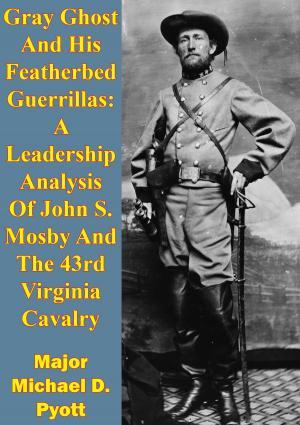

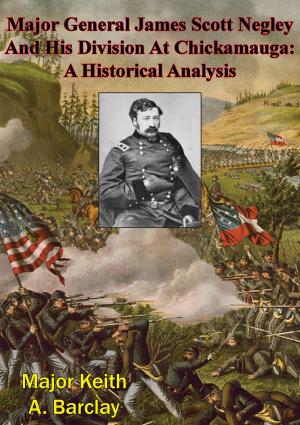
![Cover of the book Staff Ride Handbook For The Battle Of Perryville, 8 October 1862 [Illustrated Edition] by Cdr David M. Kapaun Jr. USN](https://www.kuoky.com/images/2014/august/300x300/9781782895312-4tZA_300x.jpg)
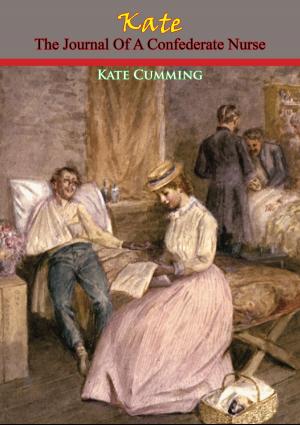
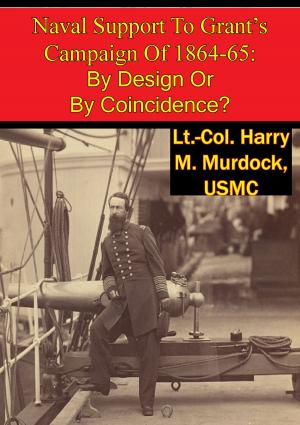
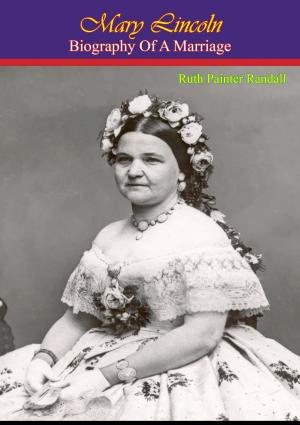
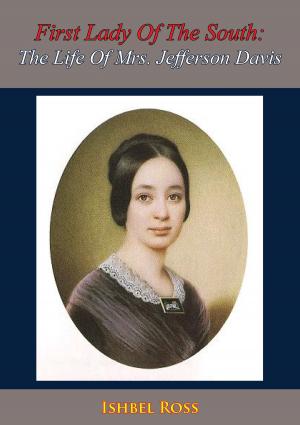
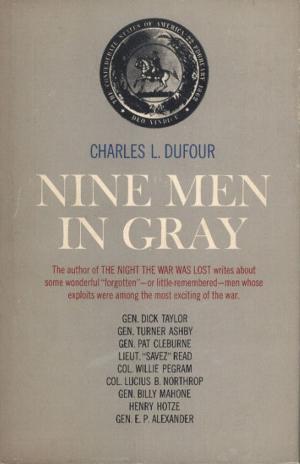
![Cover of the book At Gettysburg, Or, What A Girl Saw And Heard Of The Battle. A True Narrative. [Illustrated Edition] by Cdr David M. Kapaun Jr. USN](https://www.kuoky.com/images/2014/june/300x300/9781782892311-hgkP_300x.jpg)

